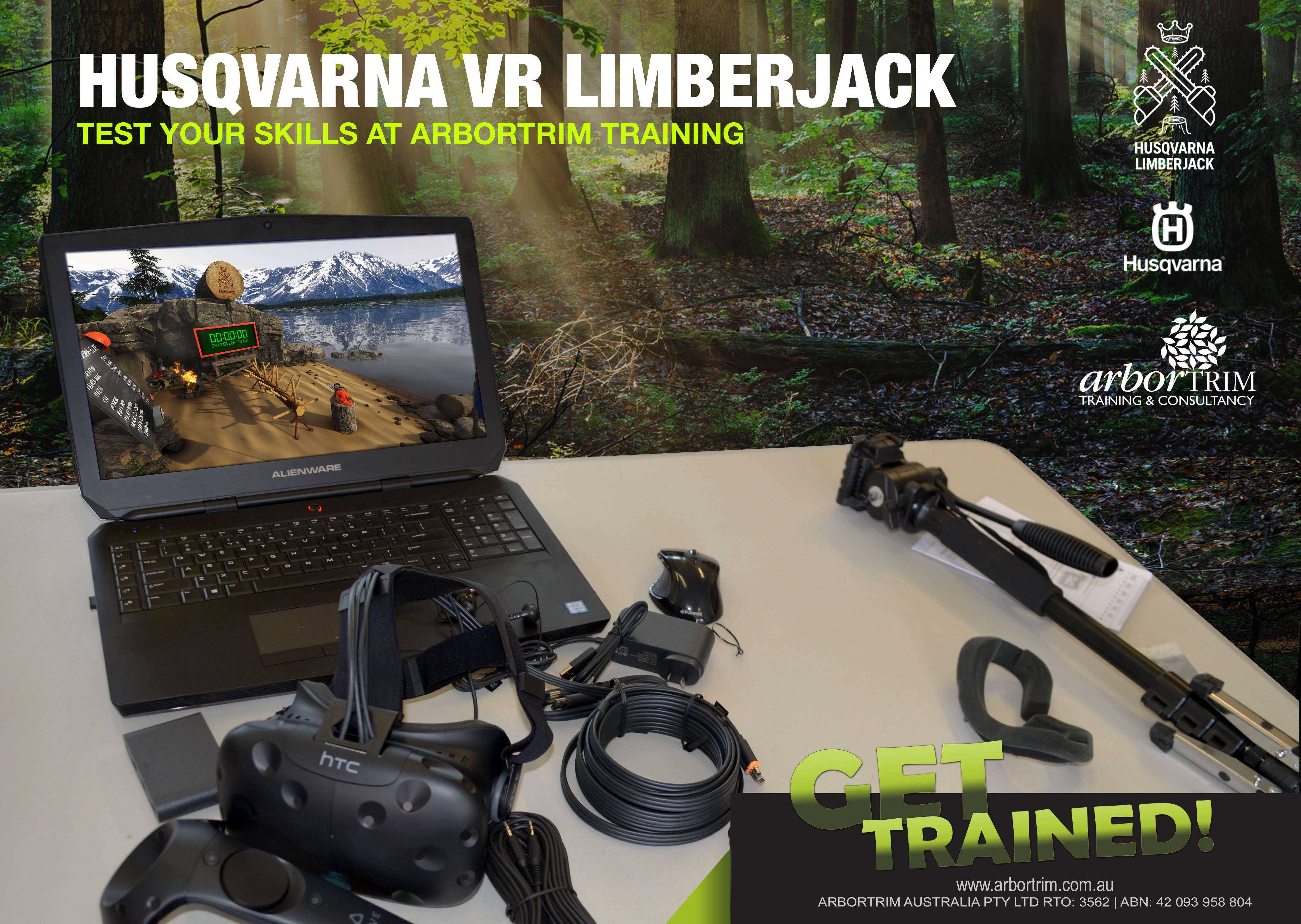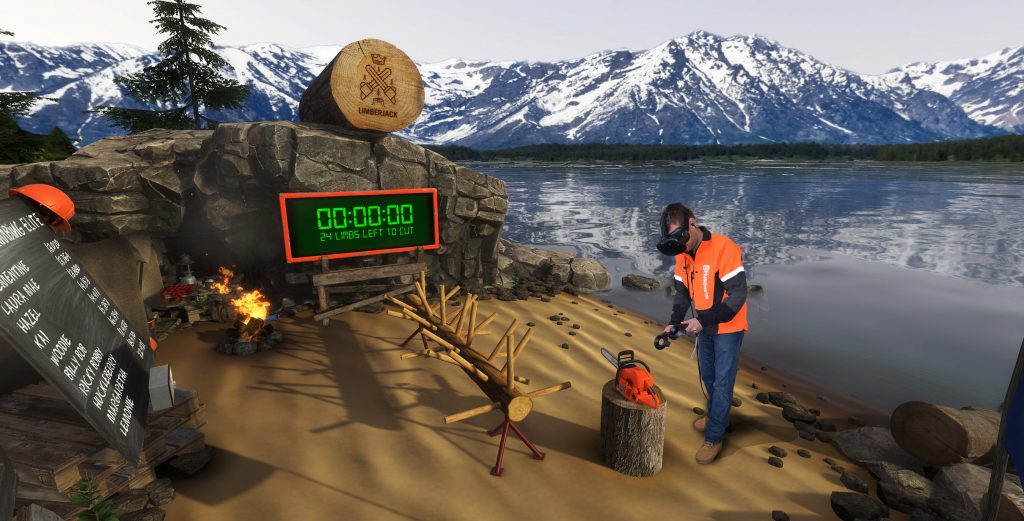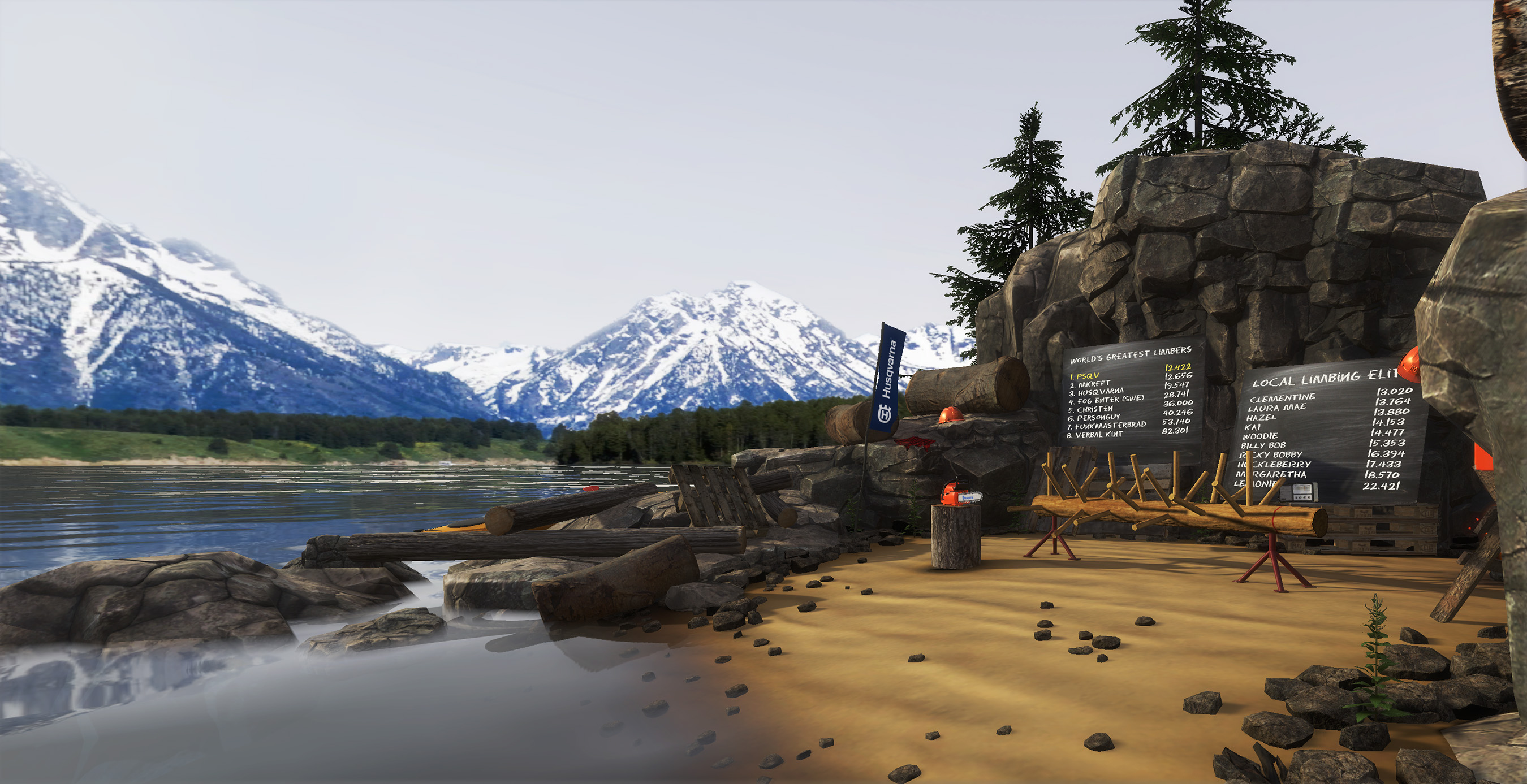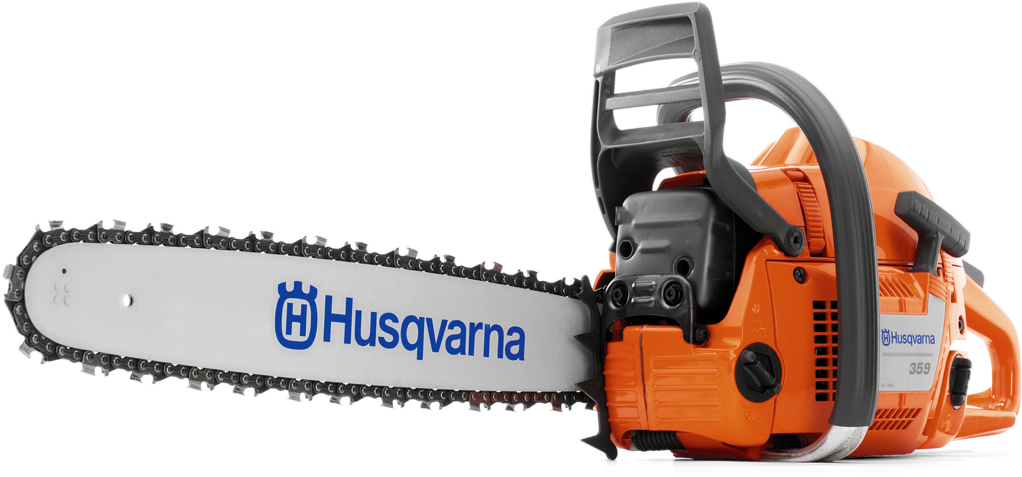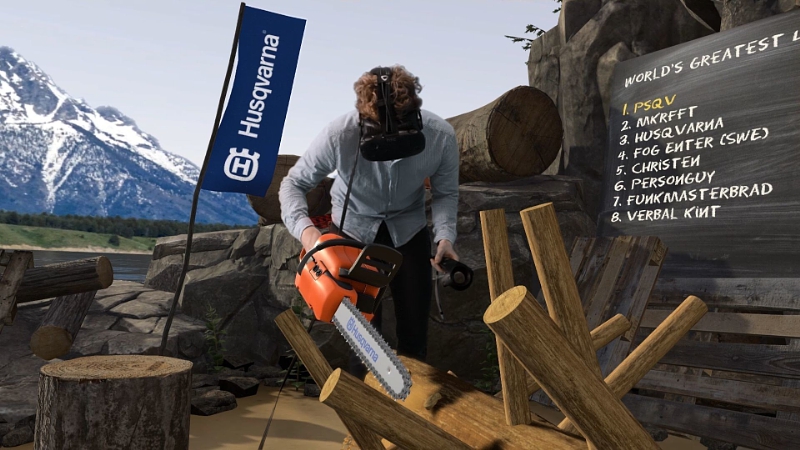Although working and training to work in the Arboriculture industry is challenging, we’re adding a bit of fun for our trainees here at Arbortrim Training once they complete their courses.
INTRODUCING VIRTUAL LIMBERJACK FROM HUSQVARNA
Known to chainsaw-wielding loggers around the world as ‘limbing’, the art of stripping felled trees of their branches is exciting, but very dangerous.
The Challenge

Some of our team having a go!
The Husqvarna VR experience brings the player to a beautiful mountainside with a lake where the player has to use a Husqvarna 359 chainsaw to remove 24 branches from a 2.7 meter long log. The player needs to pick up the chainsaw and remove the branches as accurately and quickly. Just like a professional logger, the player needs to limb fast, and with precision. If branches are not removed properly, the player will need to go back and re-do, losing time.
The exhilarating game includes a local as well as a global high score list, making it fun to compete both at events, our training facilities and online against other VR limberjacks around the world.
Our marketing truck
 If you see our marketing truck at events throughout Melbourne you could have the opportunity to test your skills at virtual Limberjack.
If you see our marketing truck at events throughout Melbourne you could have the opportunity to test your skills at virtual Limberjack.
Limbing
Simple and effective limbing requires good technique. If you are a beginner, you should proceed slowly and methodically. You can then gradually increase the tempo. Here are some basic rules for safe and efficient limbing.
Comfortable working height
Try to work at a height at which you do not have to stoop down. You can achieve the right working height by trying to fell a tree so that it falls over other felled trees, logs, stones or elevations in the terrain. The most comfortable working height for limbing is from your waist to knee height. Bend your knees, not your back!
Safe working position
Stand securely with your feet apart at a 45-degree angle to the trunk. Work with the saw near your body. It is important that your stance is stable in two directions. It is always dangerous to move your feet while limbing. That is why it is important to have ample reach without needing to move your feet.
Balance the chainsaw on the trunk or leg
Carry the saw as little as possible while limbing and changing positions. The chainsaw must not be lifted away from the trunk more than necessary. Use the chainsaw as a lever, with the saw body resting on the trunk or your leg. Limbing will be easier and more efficient with a short guide bar (13-15″).
Safe movement
Always hold the guide bar on the other side of the trunk when you move your feet. The chain must be stationary when you move. Hold the saw by both handles when moving short distances, never by the rear handle only. For longer movements, you should activate the chain brake and carry the saw by the front handle.
Beware of kickback
Avoid cutting with the guide bar tip. Your thumbs and fingers must always be wrapped around the handles during limbing work. Use a guide bar length that is adapted to the dimension of the tree.
Consider the weight of the branch
Determine how the branches are tensioned. Cut on the opposite side of the branch where the guide bar is not likely to “pinch” because of the branch weight. If you are not sure you cut the branch in stages, from the outside in towards the trunk.
Remove branches
Let the chainsaw rest on the trunk while you remove branches and brushwood with your left hand. First, release the throttle and throttle lock and activate the chain brake. If the chainsaw is equipped with TrioBrake™, it is even easier to activate the chain brake before removing the branches.


